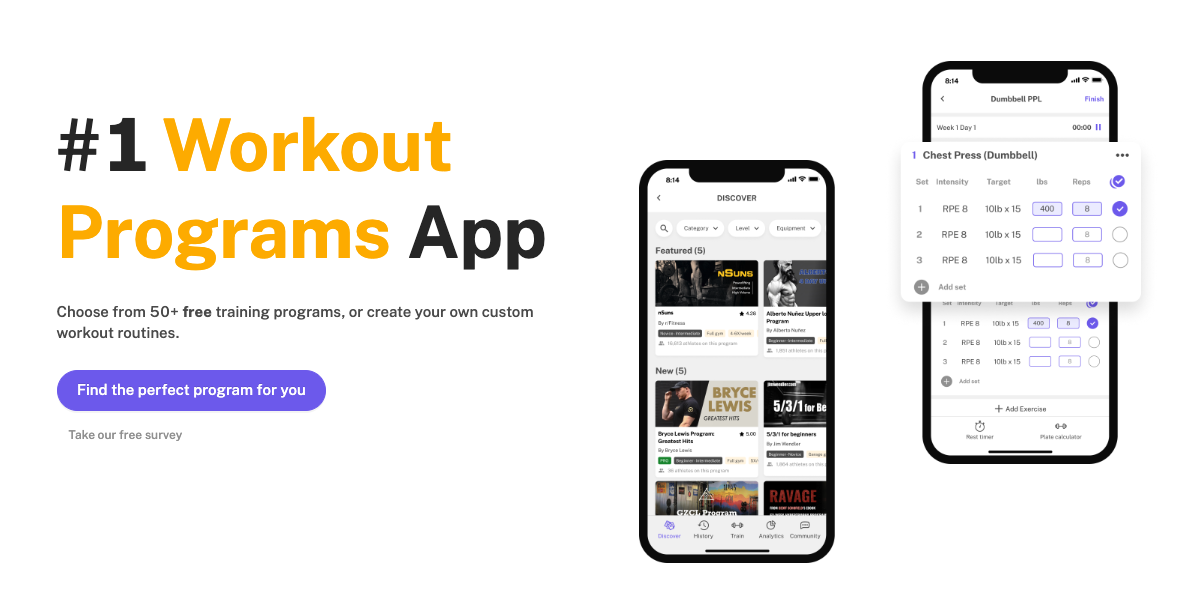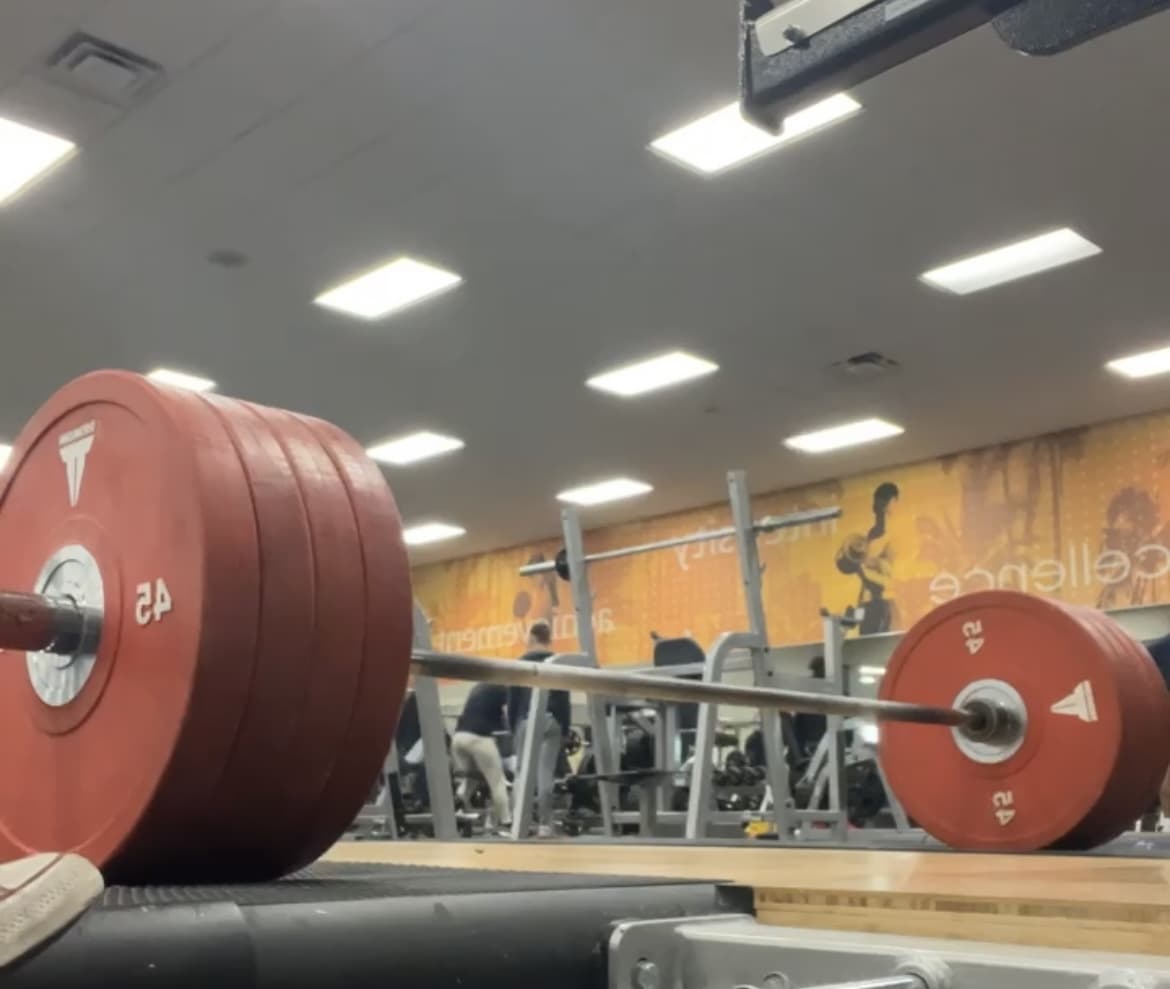What Is a Deadlift Bar? Ultimate Guide & Tips
Written by The Boostcamp Editors
What Is a Deadlift Bar? Your Ultimate Guide & Tips
Deadlift bars are an essential tool in any powerlifter or weightlifter's arsenal. They are designed to help you lift heavier weights more efficiently and safely, making progressive overload easier, lowering the risk of injury, by providing the right amount of grip, flex, and whip. In this ultimate guide to deadlift bars, we will cover everything you need to know about them. From their anatomy and types to their role in strength sports such as powerlifting, we have got it all covered. We'll also help you choose the perfect deadlift bar for your needs by recommending some of the best ones on the market today.
Whether you're a seasoned pro or just starting out, this guide will provide you with all the information you need to take your deadlifts to the next level!
Understanding Deadlift Bars
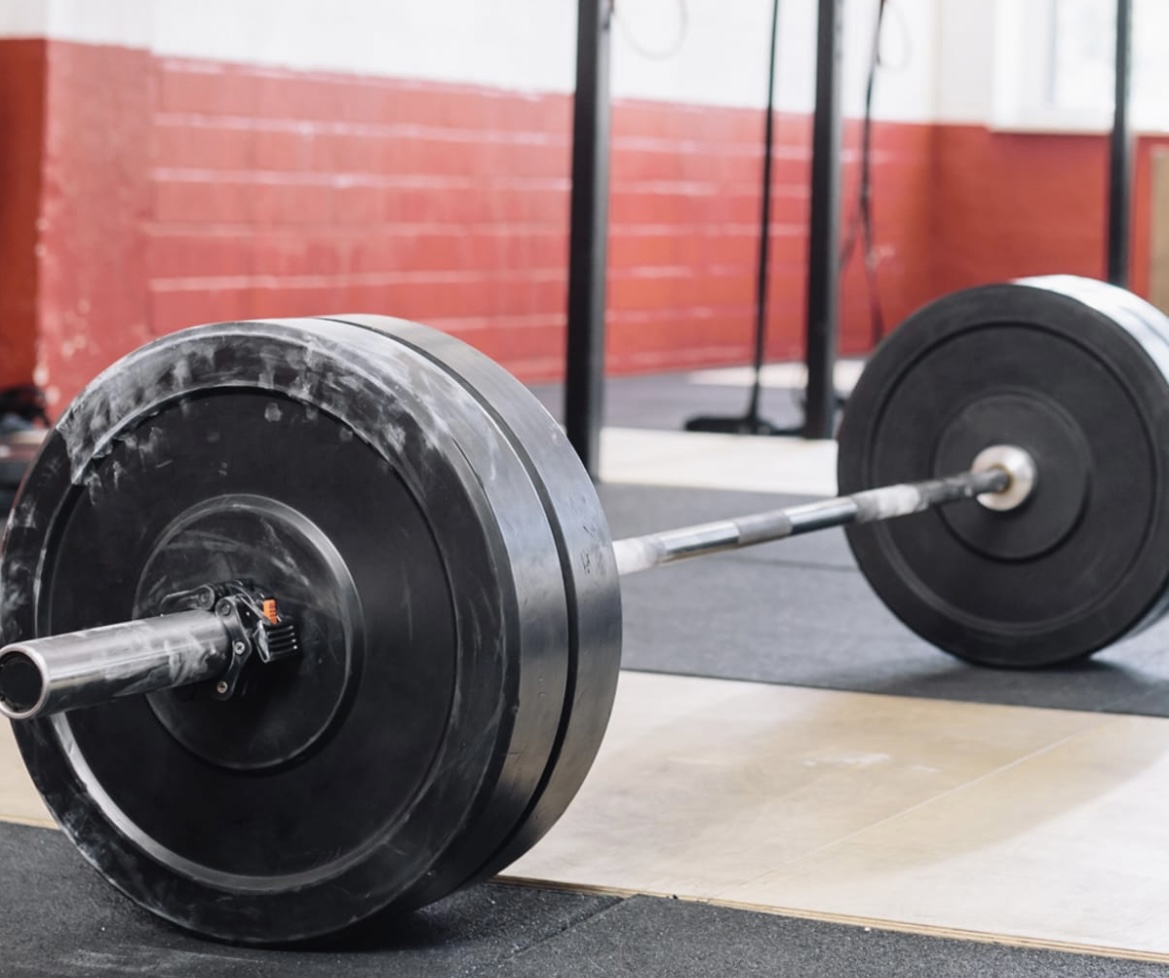
Deadlift bars are designed specifically to optimize performance and safety during deadlift exercises. These bars have unique features that enhance grip and provide better control when lifting heavy weights. By using a deadlift bar, you can improve your technique and lift heavier loads. The longer and thinner shaft of the bar allows for a greater range of motion and improved form. It is crucial to choose the right deadlift bar for effective strength training and achieving your fitness goals. Make sure to consider factors such as power bars, weight plates, and olympic barbells to find the best bar for your needs.
The Evolution of Deadlift Bars
Deadlift bars have undergone significant changes and improvements over time to cater to the evolving needs of powerlifters and weightlifters. In the early days, deadlift bars were simple and lacked the advanced features that we find in modern bars today. However, with advancements in engineering, today's deadlift bars are precision-engineered to maximize performance and safety. The introduction of specialty bars, such as the trap bar, has also expanded the options available for deadlift exercises. Understanding the evolution of deadlift bars is crucial as it can help you make informed choices when selecting the right bar for your workouts.
The Role of Deadlift Bars in Weightlifting
Deadlift bars play a crucial role in weightlifting by providing a dedicated tool for deadlift exercises. The unique design of deadlift bars allows for better grip and control, reducing the risk of injury. Deadlift bars enable powerlifters and weightlifters to lift heavier weights, easily incorporating progressive overload and increasing their overall strength. Incorporating deadlift bars into your weightlifting routine can contribute to muscle development and increased strength.
Unraveling the Anatomy of Deadlift Bars
Deadlift bars are not just your regular barbells. They have specific features and specifications that greatly influence their performance. The material and construction of deadlift bars determine their durability and longevity, ensuring they can withstand the heavy loads. Additionally, the dimensions and weight of the bars play a crucial role in how they feel and handle during lifts, providing optimal balance and control. Understanding the anatomy of deadlift bars allows you to choose the most suitable one for your unique needs. By paying attention to the details of their construction, you can enhance your overall lifting experience.
Features and Specifications
When it comes to deadlift bars, there are several key features and specifications to consider. One important feature is aggressive knurling, which provides a firm grip during lifts, so you don't necessarily need equipment like wrist straps to help with your grip. Some deadlift bars also have center knurling, which can also be beneficial for barbell squats. Deadlift bars come in different materials, including stainless steel, black zinc, and bare steel, each with its own unique characteristics. The tensile strength of a deadlift bar is crucial, as it determines its ability to withstand heavy weights.
Material and Construction
When it comes to deadlift bars, the material and construction play a crucial role in their overall performance and lifespan. These bars are typically made of solid steel, which ensures durability and strength during heavy lifts. Some deadlift bars also feature a zinc coating or black oxide finish, providing enhanced corrosion resistance. Another important factor to consider is the type of bushings or sleeves used in the construction of the bar. Opting for deadlift bars with quality snap ring construction or bronze bushings ensures smooth and reliable rotation. By choosing a deadlift bar with the right material and construction, you can elevate your lifting experience and maximize your gains.
Dimensions and Weight
When it comes to deadlift bars, their dimensions and weight play a significant role in how they feel and handle during lifts. The length of the bar is an essential factor to consider as it can affect your grip width and lifting technique. Thinner shafts on deadlift bars provide a better grip and improved control during lifts. Additionally, the weight of the bar should be suitable for your strength level and training goals. It's crucial to pay attention to the center of the bar, as it can impact your starting position and overall lift mechanics.
Types of Deadlift Bars
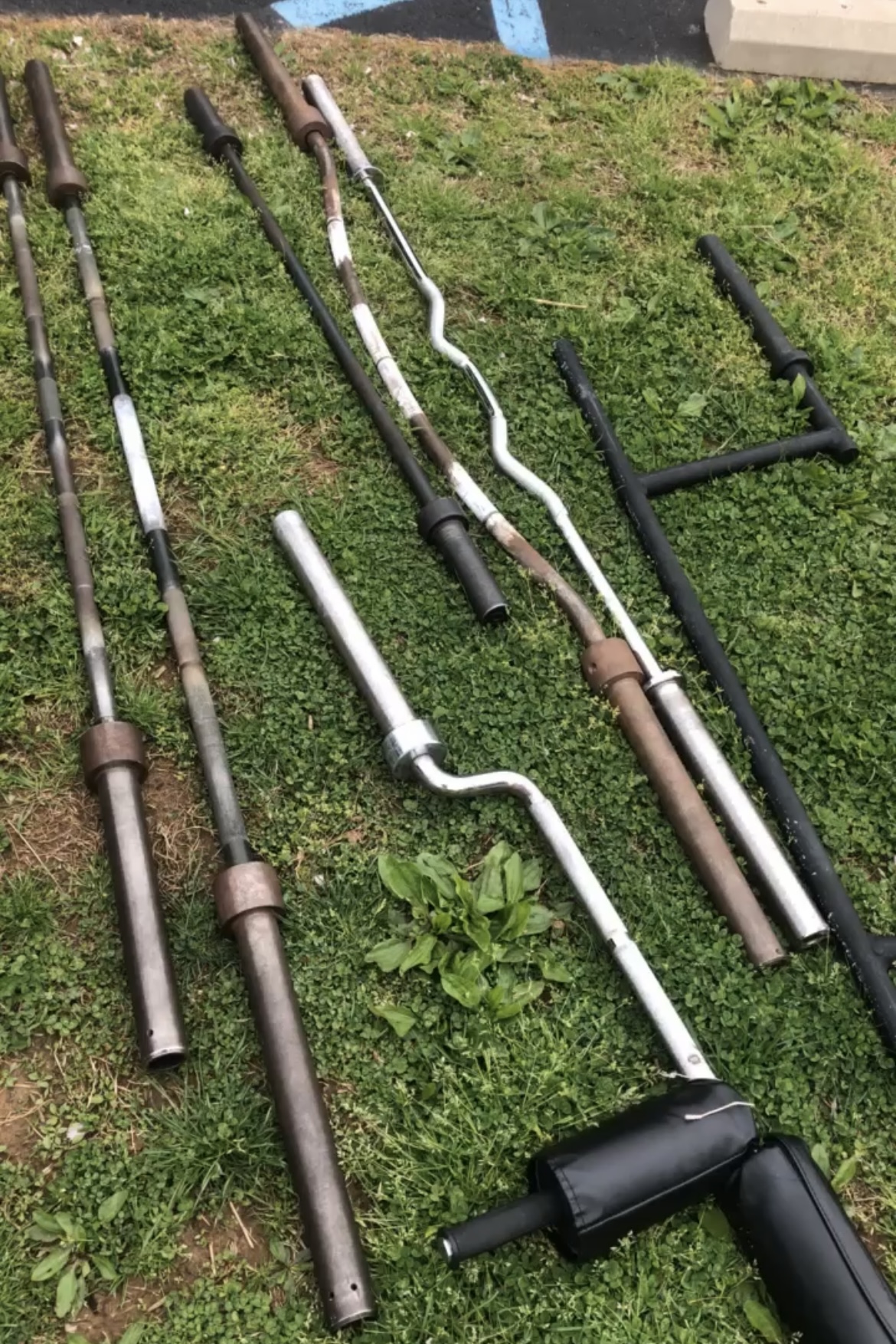
When it comes to deadlift bars, there are several types to choose from based on your specific lifting preferences and needs. The most common and versatile option is the standard deadlift bar, which is ideal for general deadlifting. For competitive weightlifters, Olympic deadlift bars are designed to meet federation standards. Understanding the different types of deadlift bars is crucial in selecting the one that aligns with your training goals. Factors such as bar stiffness, knurling aggressiveness, and weight capacity should be considered when making your choice. By carefully evaluating these characteristics, you can find the best deadlift bar for your needs.
Standard Deadlift Bars
Standard deadlift bars are a popular choice for lifters looking for a versatile option that offers a balance of features. These bars are designed to handle heavy weights, thanks to their moderate amount of flex. You can commonly find standard deadlift bars in commercial gyms and home gym setups. When choosing a standard deadlift bar, opt for one with a solid steel construction and a durable finish, ensuring it can withstand regular use over a long time. Additionally, pay attention to the grip and knurling pattern on the bar to ensure a firm and secure hold during your lifts.
Olympic Deadlift Bars
If you're a competitive weightlifter, Olympic deadlift bars are the way to go. These bars are designed to meet strict federation standards and are built for explosive lifts and dynamic movements. They feature higher amounts of flex, allowing for greater whip and power generation. With more aggressive knurl marks, these bars provide exceptional grip during heavy lifts. Look for Olympic deadlift bars with quality snap ring construction and precision engineering for optimal performance. Also, consider the weight capacity and overall durability of the bar to ensure it can withstand heavy use over a long time.
Hexagonal Deadlift Bars
Hexagonal deadlift bars are specifically designed with a unique hexagonal shape, offering better grip and stability during deadlift exercises. These bars provide multiple grip options, allowing you to target different muscle groups and intensify your workouts. The hexagonal design also reduces the chances of bar rolling, providing a safer lifting experience. Additionally, these bars make it quick and easy to change plates, saving you time and effort during your training sessions. If you're looking to add variety to your deadlift routine and challenge your grip and core strength, hexagonal deadlift bars are an ideal choice. They offer a unique lifting experience that can take your workouts to the next level.
Deadlift Bars Vs Regular Bars: What's the Difference?
Deadlift bars and regular bars have distinct differences. Deadlift bars feature aggressive knurling, thinner shafts for better grip and range of motion, and are designed specifically for deadlift technique and heavier weights. Regular bars are typically shorter, may lack center knurling, and offer a stiffer feel, making them more suitable for exercises like squats and overhead presses.
Grip and Knurling
When it comes to grip and knurling, deadlift bars are designed with the lifter's needs in mind. The aggressive knurling on these bars provides a firm grip, even when your hands are sweaty. This feature is especially beneficial during heavy lifts. The knurling on the center of the bar helps with grip during sumo deadlifts, providing stability and control. In comparison, regular bars may have smoother knurling for a more comfortable grip during exercises like bench press. Additionally, deadlift bars have a wider grip to accommodate a mixed grip for heavy lifts. The strategically placed knurling prevents the bar from sliding during deadlifts, ensuring you can maintain a secure grip throughout your lifts.
Length and Diameter
When it comes to deadlift bars, length and diameter play a crucial role. Deadlift bars are typically longer than regular bars, allowing for a wider stance during deadlifts. This longer length provides a greater range of motion and engages more muscle groups, enhancing the effectiveness of the exercise. In terms of diameter, deadlift bars have a slightly thinner shaft than regular bars. This thinner diameter allows for a better grip and reduces strain on the hands during heavy lifts. Regular bars, on the other hand, adhere to federation standards for competition. The length and diameter of the bar can significantly impact the difficulty and technique of the deadlift exercise.
Flexibility and Whip
When it comes to deadlift bars, there are two main types: regular and flexible. Regular bars have less flex or whip, which helps in generating more power during the lift. The increased flex allows for a more explosive deadlift and aids in breaking the bar off the floor. However, depending on your deadlift style and preference, the whip of the bar can be an advantage or disadvantage. For example, some people prefer a stiffer bar that provides more support while others find that the whip allows for more explosive deadlifts.
Flexibility and whip vary between different deadlift bar models and brands. This means that you'll need to experiment with different bars to find one that fits your specific needs and preferences. Ultimately, the ultimate decision about which deadlift bar to use is based on your individual Deadlift style and preferences.
Top Pick: A Worth Checking Out
If you're looking for the best deadlift bars on the market, these top picks are definitely worth checking out. The Rogue Ohio Deadlift Bar is a standout choice, known for its aggressive knurling and lifetime warranty. You cannot go wrong with Rogue equipment, whether you are looking for knee sleeves, a weightlifting belt, or other gym bag essentials, they make quality lifting gear, and their Ohio Deadlift Bar does not disappoint.
Rogue Ohio Deadlift Bar
The Rogue Ohio Deadlift Bar is a popular choice among powerlifters and strength athletes. It features aggressive knurling that provides a firm grip, whether you choose the bare steel or black zinc coating. With a lifetime warranty, this bar is built to last and can handle heavy deadlifts with ease. The center knurling adds extra grip for sumo deadlifts and prevents the bar from sliding during lifts. The 27mm diameter and solid steel construction of the Rogue Ohio Deadlift Bar offer a comfortable and balanced feel. It's a high-quality piece of equipment that will serve you well in your home gym or power rack.
How to Choose the Perfect Deadlift Bar?
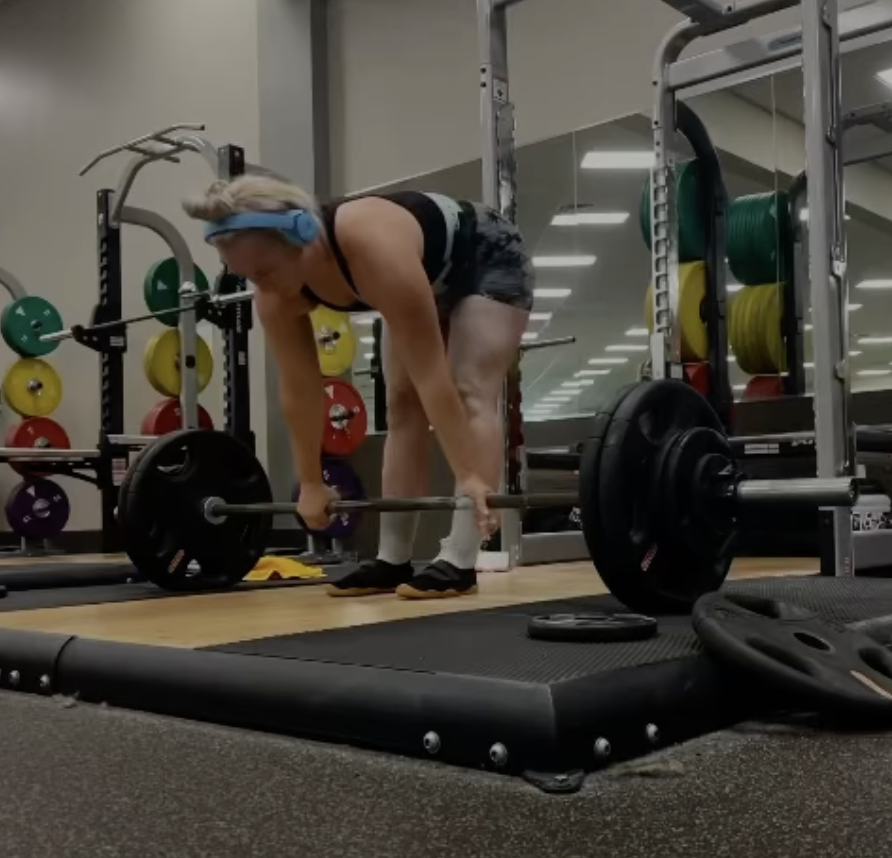
Assess your lifting style to find the best deadlift bar for your needs. Consider your budget and evaluate the bar's quality and durability. Look for features like aggressive knurling and a standard diameter for better grip and range of motion. Ensure the bar comes with a lifetime warranty for peace of mind.
Assessing Your Lifting Style
To choose the right deadlift bar, start by assessing your lifting style. Consider whether you prefer sumo deadlifts or conventional deadlifts. This preference will guide your deadlift bar selection. Next, take into account your technique and grip preference. Look for a bar with appropriate knurling and center knurling that matches your deadlift style. Additionally, evaluate your strength level and the weight you plan to lift. Choose a deadlift bar with the right tensile strength to support your lifting goals. By considering these factors, you can find the best deadlift bar for your lifting style and maximize your performance.
Considering Your Budget
When it comes to choosing a deadlift bar, it's important to take your budget into consideration. Determine your budget range to find a deadlift bar that fits within your financial constraints. Compare the prices of different deadlift bars to find the best value for your money. Don't forget to factor in any additional costs such as shipping or accessories when setting your budget. By considering your budget, you can make an informed decision and find the perfect deadlift bar for your needs without breaking the bank.
Evaluating Bar Quality and Durability
When evaluating the quality and durability of a deadlift bar, there are key factors to consider. Start by looking for bars made from high-quality materials like stainless steel or bare steel. These materials provide enhanced durability, ensuring the bar can withstand heavy use over a long time. Additionally, consider the bar's construction, including the type of bushings or bearings used for smooth sleeve rotation. The weight capacity and overall build of the bar are also crucial for long-term use in your home gym or power rack. By assessing these aspects, you can find a deadlift bar that meets your needs for quality and durability.
Common Queries about Deadlift Bars
Are deadlift bars worth the investment? Deadlift bars, such as the power bar or Olympic barbell, offer unique features like a stiff bar with lower tensile strength, powerlifting knurl marks, and pin-style sleeves. These characteristics make them ideal for heavy deadlifts, providing a greater amount of flex and a higher point of contact on the F scale. Despite their comparatively thin diameter, deadlift bars can handle heavier weights, making them a valuable addition to any home gym equipment collection.
How much do deadlift bars typically cost? The cost of a deadlift bar can vary depending on the quality, brand, and material used in its construction. Top-quality deadlift bars, such as the Rogue Ohio Deadlift Bar or Eleiko Rack Bar, can cost anywhere from $200 to $500 or more. Factors like the raw steel or bare steel version, the presence of power rack compatibility, and the inclusion of higher-quality bearings or bushings can also influence the price. Remember to consider your budget and seek the best bar that provides the actual weight and quality equipment you need.
Are Deadlift Bars Worth the Investment?
Investing in a deadlift bar is definitely worth it for serious lifters. These bars can help optimize your technique and increase your lifting capacity. With unique features like center knurling and longer length, deadlift bars offer advantages over standard barbells.
How Much Do Deadlift Bars Typically Cost?
Deadlift bars come in a range of prices depending on the brand, quality, and additional features. On average, you can expect to pay between $200 to $500 for a good-quality deadlift bar.
Can a Deadlift Bar Improve Your Lifting Performance?
Using a deadlift bar can significantly enhance your lifting performance. With its specialized design, it allows for improved positioning, increased range of motion, and better grip, enabling you to lift heavier weights. Not only does it help prevent injuries, but it also maximizes muscle engagement during the exercise.
Finding a Good Workout Program
Now to find good programs for high intensity and high volume workouts and put your deadlift bar to the test, check out the free Boostcamp App. You can find tons of different workout routines that will truly push you to the limit, and they are made by renowned evidence-based coaches. Boostcamp also lets you create your own custom routines and log your progress, which is great for tracking your progress and making linear progression.
To maximize your gains and simplify your fitness journey, consider using Boostcamp, the last lifting app you'll ever need. Boostcamp helps you track your progress, offers customizable training programs, and provides expert guidance to ensure you get the most out of your chosen workout program whether it's linear push pull legs or upper lower or whatever you choose. There are also plenty of different programs styles to choose from such as push pull legs or upper lower splits. Start making the most of your workouts and download Boostcamp today!
Conclusion
To sum up, understanding the different types of deadlift bars and their features is crucial in choosing the right one for your weightlifting needs. Whether you prefer the standard, Olympic, or hexagonal deadlift bars, each type offers unique benefits that can enhance your lifting performance. Remember to consider factors such as grip, length, and flexibility when making your decision. Additionally, it's important to assess your lifting style, budget, and the quality of the bar before making a purchase. Deadlift bars can be a worthwhile investment for serious weightlifters, and the cost varies depending on the brand and specifications. Ultimately, using a deadlift bar designed specifically for this exercise can improve your form, technique, and overall strength. Happy lifting!
Also, be sure to follow Boostcamp on Instagram and subscribe on YouTube!
